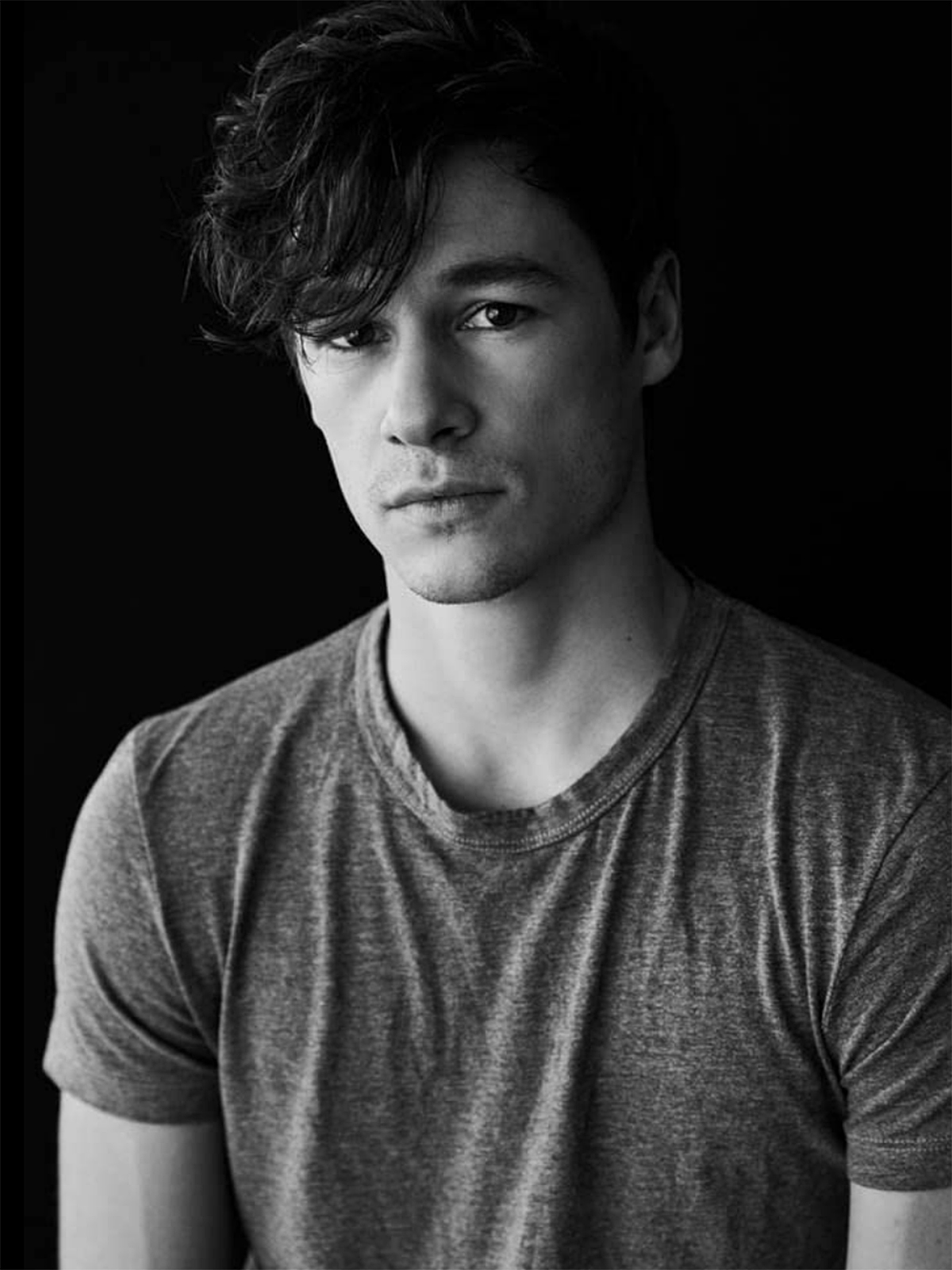
- Interviews
Kyle Allen: “The Map of Tiny Perfect Things”
In the new romantic comedy The Map of Tiny Perfect Things, Kyle Allen’s character is stuck in a time loop effortlessly maneuvering through the same day which repeats endlessly. Part of his physical fluidity can be traced to his training as a classical ballet dancer at the Kirov Academy of Ballet, as well as to his six-year history of performing acrobatics. But what elevates his performance is a kinetic playfulness, reminding one of a young Ryan Reynolds. The native 26-year-old Californian first garnered attention on the TV series The Path and American Horror Story, then appeared in the drama All My Life. Later this year, he will appear as one of the Jets in Steven Spielberg’s West Side Story.
Here we are living in a pandemic where it feels like every day is exactly the same, and here you are in a film, where every day is exactly the same. You are not giving me an escape!
There is absolutely no escaping. We actually wrapped production as the world was shutting down. We went from that bubble into our own quarantine bubble. I have lived it.
I loved the opening sequence, which reminded me of the opening of Baby Driver, where the movements of the main character were so perfectly synched to his body rhythm as he navigated his way through the city. How long did that take to accomplish?
It was really a testament to everyone involved to get all those details orchestrated. As you were creating the piece, like the bike sequence, you had to choreograph for the camera. We had to disguise the camera truck, and then every single person in a car, or walking down the street, had to be choreographed to hit their marks. All the car drivers were stunt people. Even with the opening kitchen sequence, I was in there for hours with our choreographer. It was actually someone’s home, and they were there, and we would be walking through their kitchen trying to figure out exactly how to manage the timing. We did it over and over and tweaked it. We had to think of how to open the cupboards, we varied what type of mug to hold. There was that moment when my younger sister knocks over the carton, I had to be ready to then kick it up. It just took hours to layer.
Were you able to manage those sequences in one take?
That whole opening sequence was divided into three takes. The kitchen sequence with Mark’s action was all done in one take. There was a quick piece on his way into town and then when he rounds the corner, that is all one take until he gets to the library.
I was intrigued by the subtheme about selfishness. Mark basically spends every day all about himself until something happens, and then we see him open up to selflessness.
It was amazing. There were a lot of fun things in the story that I thought it would be a blast to share with people. But ultimately it is the message that gets you drawn into the project. Let’s throw in a male protagonist. He will be wrong, but he will learn things. It is not about that guy. That was really important to explore because nothing of value is ever accomplished without the multiple efforts of numerous people. Watching a young person walk through that journey is really important.
If, like Mark, you got caught in this time loop and could spend day after day perfecting a skill set, what would you want it to be?
Drawing. I already draw but to get to photorealism, would be amazing. I will say as well that archery would be cool. I heard about a guy who can toss a tic-tac up and then shoot it with a bow. Just to walk around and know that no matter what room I would walk in, I could pick something tiny out and shoot it out of the air with my bow and arrow. But then … I remember once in Paris, this guy taught me how to sculpt a face. So, I might want to learn how to sculpt a little more. That would be amazing. But now I will shut up.
You started your career as a ballet dancer. How did that training help inform your physical movements as an actor?
In ballet, everything is for the audience; specifically, there are certain positions that are different positions so that the action is best viewed by the audience. You learn special awareness. They were skills I didn’t know I had until I went on camera. It informs everything I do, from the rhythm of dialogue to the rhythm of emotion.
You will be seen later this year in Steven Spielberg’s West Side Story. Talk about that experience? Was it nice to exercise your dance muscle again?
It was incredible. I had two VHS tapes as a kid that were live-action. One was The Princess Bride and the other was West Side Story. It was this amazing creation that my sister and I loved. To then become a dancer and then be a part of that world in that project – for me, it made New York glow to me. Spielberg taught me how to lead and follow. He sees everything good on set. If you do an action, he notices that and then guides you on how to temper it. He had hundreds of people around him on set and he notices everything. He pays attention frame by frame so he knows what he needs to get to the next frame. He has the whole thing in this mind and just works to get there.

